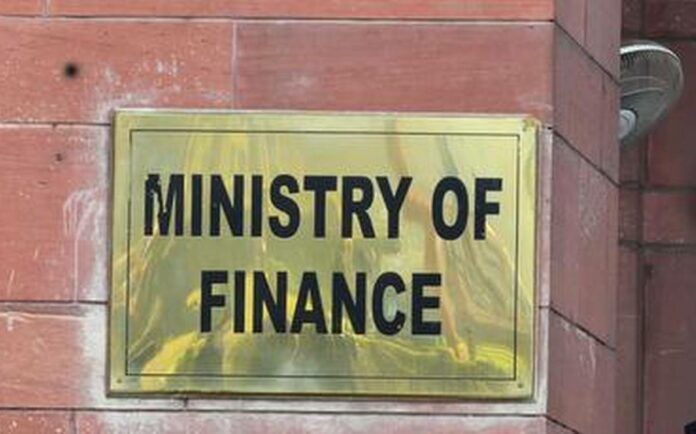On October 12, the finance ministry will begin the process of preparing the annual Budget for 2022-23, amid signs of recovery in the Indian economy, which was affected hard by the COVID-19 pandemic. The budget for the coming year will have to handle crucial concerns such as demand generation, job creation, and maintaining an annual growth rate of 8% or above.
It will be Modi 2.0’s fourth budget, and Finance Minister Nirmala Sitharaman will deliver it.
According to the Department of Economic Affairs Budget Division’s Budget Circular (2022-23) dated September 16, 2021, “the pre-Budget/RE (Revised Estimate) meetings will commence on October 12, 2020.”
All financial advisers should ensure that the essential details from Appendices I to VII are recorded into the UBIS RE module (Union Budget Information System).
After the spending secretary completes negotiations with other secretaries and financial advisers, the Budget Estimates (BE) for 2022-23 will be provisionally finalized.
Pre-Budget meetings will begin on October 12 and last through the second week of November, according to the statement.
“Given the unique circumstances of this year, the final budgetary allocations will be based on the overall fiscal condition, subject to the ministry/absorptive department’s capacity,” it says.
Ceilings for all areas of spending, including the central sector and government-sponsored initiatives, will be discussed, according to the statement.
As a result, it said that the RE 2021-22 and BE 2022-23 for all categories of spending, as well as select schemes/projects, may be expressed separately for revenue and capital expenditure.
It stated that the budget estimates for 2022-23 are as follows: “The allocations for the establishment and other central government expenditures will be finalized. During the pre-budget meetings, proposed ceilings for Central Sector (CS) and Centrally Sponsored Programs (CSS) schemes would be considered.”
The Budget for 2022-23 is expected to be delivered on February 1st, during the first part of Parliament’s Budget Session, which typically begins in the last week of January each year.
In actual terms, the budget for the current fiscal year forecast a growth rate of around 10.5%, with a fiscal deficit of 6.8% of GDP (GDP).
The government of Prime Minister Narendra Modi abolished a colonial-era practice of presenting the Budget towards the end of February. On February 1, 2017, then-finance minister Arun Jaitley delivered the annual accounts for the first time.
As a result of the Budget’s postponement, ministries will now get their budgeted funding from the start of the fiscal year in April. This allows government departments to spend more freely while also giving businesses time to adjust to new business and taxes plans.
When the Budget was delivered at the end of February, the three-stage Parliament approval procedure used to be completed around mid-May, weeks before the monsoon rains started.
This meant that government departments would only begin investing in projects once the monsoon season ended in late August or early September.
Follow and connect with us on Facebook, LinkedIn & Twitter

